#Loch Arkaig
Text
OSPREY! :D
There's two different nests they've got webcams on <3
0 notes
Text

23rd December 1761 saw the death of Alastair Ruadh MacDonnell, the government spy in the Jacobite camp known as “Pickle”.
Born in around 1725, the eldest son of John Macdonell (d. 1754), chief of Glengarry. He was brought up as a Catholic and sent to France while still a boy, where he later became a captain in Lord John Drummond’s Scots Royals regiment in 1743, when the French were planning to invade England under pretext of restoring the Stuarts, of which Jacobite clans like the Glengarry Macdonells were of course in favour. While in France, he met Charles Edward Stuart (‘Bonnie Prince Charlie’), who had arrived from Rome to join the expedition, and stayed with him in Paris after the French abandoned the idea of an invasion. He visited Scotland early in 1745, in order to sound out political feeling there, but returned to France to warn that clan chiefs would support a rising only if backed by French money and arms. Unfortunately, by the time he reached France, Charles had sailed for Scotland to begin the 1745 Jacobite rising.
That autumn, Glengarry sailed with the Scots Royals to join the Jacobite army, but his ship was captured by the British navy off Deal and he was imprisoned in the Tower of London. On his release in 1747 he returned to Paris, where he lived in severe poverty, unable to obtain any financial help from either Charles Stuart or his father James (‘the Old Pretender’). On the death of Donald Cameron of Lochiel, who had become Colonel of the Scots-French Albany regiment in France after his escape from Scotland, Glengarry applied to succeed him in the command, but was turned down.
By the end of 1749 he was living in London, still extremely poor, and secretly trying to obtain permission to settle in Britain. A few months later, however, he reappeared, plainly now in possession of ample funds, and it is generally believed that he had somehow managed to steal some of the Loch Arkaig Treasure, gold sent from Spain to support the Jacobite rising in 1746, which had arrived too late to be of any use and had been concealed for the use of Jacobite supporters. Glengarry was accused of forging James Stuart’s signature to obtain this money.
In the 19th century, Scottish historian Andrew Lang was able to show that Glengarry was in fact a British agent, operating under the code name ‘Pickle’, and that he had been largely responsible for the betrayal of the Jacobite Elibank plot in 1752 and the subsequent capture and execution of Dr Archibald Cameron, Lochiel’s brother, in 1753. The British government seems to have had Cameron executed on an old warrant instead of bringing him to trial in order to avoid exposing Glengarry. He continued to act as a spy until 1754, when his paymaster, Prime Minister Henry Pelham, died, and he succeeded as Glengarry chief on his father’s death in September of the same year. He never married, and on his death in Glengarry in 1761 was succeeded as chief by his nephew Donald.
It is likely that he was recruited as a spy during his imprisonment in the Tower of London, and that he accepted the job due to his poverty and a sense of disillusionment with the Stuarts. He may also have had a grudge against the Camerons, as his brother had been killed accidentally by a Cameron clansman at the battle of Falkirk. He was never exposed during his lifetime and his role as a spy was only revealed by Andrew Lang 150 years later, after extensive research.
13 notes
·
View notes
Video
37685 @ Kingussie por Alexander
Por Flickr:
0Z37 Joppa Straight to Inverness. Class 37 (Loch Arkaig) in WCRC maroon livery heads north on the HML. Seen here powering through Kingussie in a rain shower. After 57314 failing South of Perth with Wheel bearing issues 57316 ran North solo but with the driver not signing Millburn Yard the 37 was required to haul the charter back south.
3 notes
·
View notes
Link
[ad_1] Much of Scotland's Caledonian Forest is no longer covered by native pine trees. ITV NewsThe traditional world of timber transport has joined forces with the modern era to breathe new life into a stunning remnant of Caledonian pinewood and Scotland's unique rainforest ecosystem. Meet Tarzan, the logging horse, who now commutes to work on a state-of-the-art barge. This collaboration is a lifeline for a remote region in the Scottish Highlands with no road access. Located on the shores of Loch Arkaig, the Pine Forest at this site holds precious remnants of ancient Caledonian pinewood and Scotland's rainforest.Decades ago, in the 1960s, non-native conifers were planted here in response to surging timber demand. These conifers have since matured, threatening to overshadow and suffocate the remaining native pines and other indigenous tree species.Simon Dakin, a seasoned tree feller who has partnered with Tarzan for eight years, explained the horse logging process. While it may be more time-consuming and labour-intensive compared to modern machinery, it minimises ground damage and offers clear environmental benefits.To protect nesting birds and other wildlife during their breeding season, the felling operation is strategically scheduled for winter. The forest is a sanctuary for native species, including red deer, ospreys, sea eagles, pine martens, and red squirrels. However, the project's grand ambition is to rejuvenate Scotland's natural rainforest.Henry Dobson, Estate Manager at Woodland Trust Scotland, emphasized the forest's remarkable capacity for regeneration once the non-native spruce trees are removed. He drew parallels between the Scottish Highlands and the Amazon jungle, highlighting the key factor of consistent rainfall.Approximately 70,000 tonnes of predominantly Sitka spruce and lodgepole pine will be removed over five years, allowing the remaining native trees to reclaim the site and propagate.The Arkaig Community Forest, a local group, collaborated with the Woodland Trust to ensure the success of this regeneration project. Angela Mercer, a member of the group, underscored the project's significance in combating climate change by enhancing biodiversity.Notably, the use of a barge for timber transport across freshwater is believed to be a first in the UK. The Woodland Trust has even more ambitious plans, aiming to develop the world's first electrically charged timber transportation vessel.The forestry sector is closely monitoring this groundbreaking scheme, recognizing its potential to set a precedent for sustainable and environmentally friendly timber harvesting practices. [ad_2]
0 notes
Text
“Reflection paper”
In "Prayers for Bobby," Mary Griffith (Sigourney Weaver) is a devout Christian who raises her children with the conservative teachings of the Presbyterian Church. However, when her son Bobby Ryan confides to his older brother he may be gay, life changes for the entire family after Mary learns about his secret. In this adaptation of a true story, devout Christian Mary Griffith (Sigourney Weaver) fights to "cure" her gay son, Bobby (Ryan Kelley). Although he tries to please his mother, Bobby cannot change his lifestyle, and his depression leads to suicide. Mary questions her faith and searches for comfort, but after the church is unable to help her cope with Bobby's death, she seeks to understand her opinions on homosexuality for herself. Eventually, Mary becomes an advocate for gay rights. Greyfriar's Kirkyard is the graveyard surrounding Greyfriar's Kirk (church), and it was a place close to both of the mentioned coffee houses frequented by J. K. Rowling. It has been said that some of the gravestones here may have given Rowling inspiration for some of her famous Harry Potter characters. Eilean na Moine Island in the loch was used as Dumbledore's grave; it was filmed, then digitally placed in Loch Arkaig. Loch Eilt is a freshwater loch in Lochaber in the West Highlands.
Harry Potter fans now know the exact location of an American Hogwarts, but the real one exists in England. Alnwick Castle stood in for the famed wizarding school in Harry Potter and the Sorcerer's Stone and Harry Potter and the Chamber of Secrets. The monument reads, "Greyfriars Bobby – Died 14 January 1872 – Aged 16 years – Let his loyalty and devotion be a lesson to us all". In 2021 a new monument to mark the 150th anniversary of the dog's death was placed close to the east wall of Greyfriars Kirk. However, according to experts in the breed, Greyfriars Bobby is more likely to have been a dandie dinmont terrier which originated in the Scottish borders in the 17th century. Over the years, Greyfriars Bobby's black nose has started to become shiny from all the tourists rubbing the nose of the legendary statue. Many believe that it will bring them good luck in the future. Greyfriars Bobby was a Skye Terrier who became known in 19th-century Edinburgh for supposedly spending 14 years guarding the grave of his owner until he died himself on 14 January 1872. Sweet Tooth showrunner Jim Mickle took to Twitter to post a behind-the-scenes video of everyone's favorite human-groundhog hybrid, Bobby. Is "Dog" Based on a True Story? While it's not entirely based on a true story, elements of "Dog" are inspired by Tatum's life. Lulu, the Belgian malinois in the film, is named after Tatum's beloved late dog. Bobby passed away in January 1872, aged 16 years old, and as a final token to his loyalty, was buried close to his master in the kirkyard. A granite fountain with a statue of Bobby can be found opposite Greyfriars Kirkyard – a permanent memorial to this faithful pup.
0 notes
Photo

Road alongside Loch Arkaig
1 note
·
View note
Photo

Loch Arkaig
Photo: David Whitaker
253 notes
·
View notes
Photo

Deer near Loch Arkaig lake
Photographer: Tomas Doe
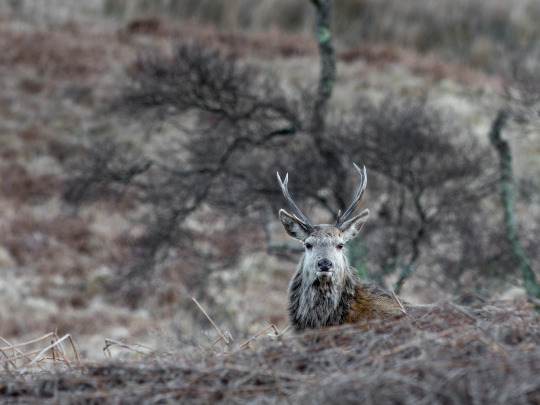
Deer from the island of Jura
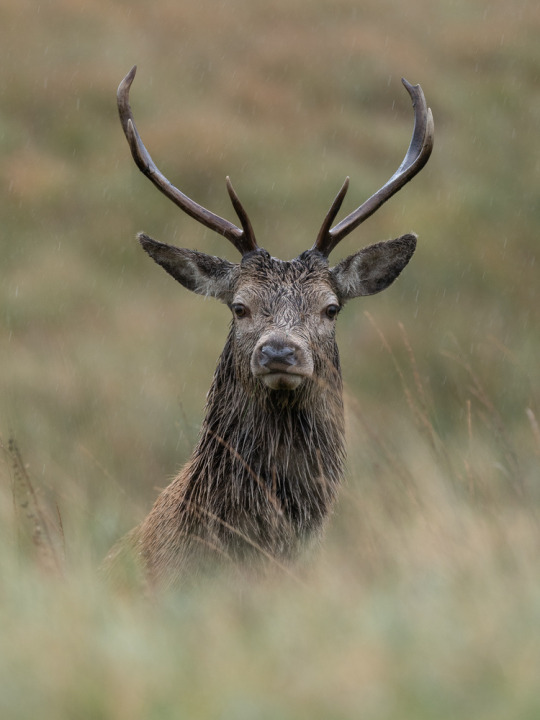
Deer

25 notes
·
View notes
Photo



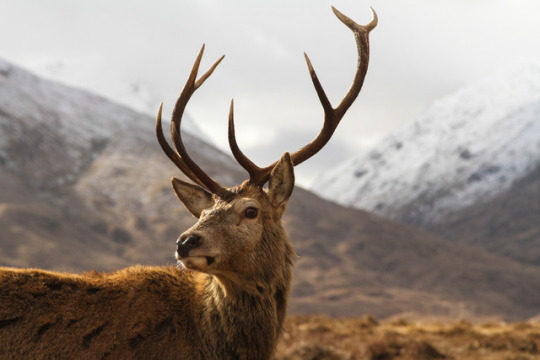
Red Deer Stags at Loch Arkaig
02.03.2017
#Scotland#Landscape#Snow#Glen#Loch Arkaig#animal photography#wildlife photography#Red Deer#Stags#Mountains
37 notes
·
View notes
Text
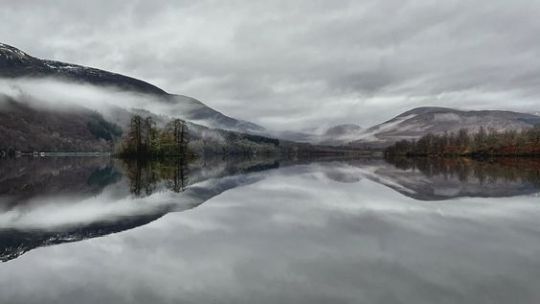
Good Morning from Scotland 🏴
A Hazy Shade of Winter at Loch Arkaig in The Great Glen Lochaber
📸Neil on 500PX
55 notes
·
View notes
Photo

The Loch Arkaig Monster, lovingly named Archie, resides in Scotland. Some witnesses described the creature as an otter but with a horse-like head. Other reports claim it looks much like the famous Loch Ness Monster but others say that it looks quite different. Little is known about this creature but select researchers believe that Archie could be of the same species as Nessie.
44 notes
·
View notes
Link
[ad_1] Simon Dakin explained that the work is 'less damaging to the ground'. ITVIn a unique union of tradition and innovation, a logging horse named Tarzan is embarking on a novel commute to restore a stunning fragment of Caledonian pinewood and Scotland's rainforest. Nestled on the shores of Loch Arkaig, this forest site has remained virtually inaccessible by road. However, with Tarzan's help, timber can now be transported from this remote region, aiding in the restoration of the Pine Forest, which harbors rare remnants of ancient Caledonian pinewood and Scotland's unique rainforest ecosystem. Decades ago, during the 1960s, this area was heavily planted with non-native conifers due to soaring timber demand. Now, these mature conifers are outcompeting native pines and other indigenous tree species.Simon Dakin, a tree feller who has partnered with Tarzan for eight years, explained the horse logging process. While it is more time-consuming compared to modern machinery, it leaves less ecological damage, preserving the forest's delicate balance.Felling is strategically scheduled for the winter months to avoid disturbing nesting birds and other wildlife during their breeding season. The forest boasts a diverse range of native species, including red deer, ospreys, sea eagles, pine martens, and red squirrels. However, the project's primary goal is to rejuvenate Scotland's natural rainforest.Henry Dobson, Estate Manager at Woodland Trust Scotland, noted that removing approximately 70,000 tonnes of mainly Sitka spruce and lodgepole pine over five years will allow native trees to reclaim the site with their offspring. This endeavor is a collaboration between Arkaig Community Forest and the Woodland Trust, driven by a shared passion for environmental conservation and the desire to combat climate change by fostering biodiversity.The transportation of timber via a barge across freshwater is believed to be a first in the UK, and the Woodland Trust aims to pioneer the world's first electrically charged timber transport vessel.This pioneering conservation project is closely monitored by the forestry sector, offering valuable insights into sustainable and environmentally friendly timber harvesting methods. [ad_2]
0 notes
Text
Mrs Jones: And how was Scotland?
Alex Rider: I really liked Loch Arkaig. In fact, I made quite an in-depth visit.
11 notes
·
View notes
Photo
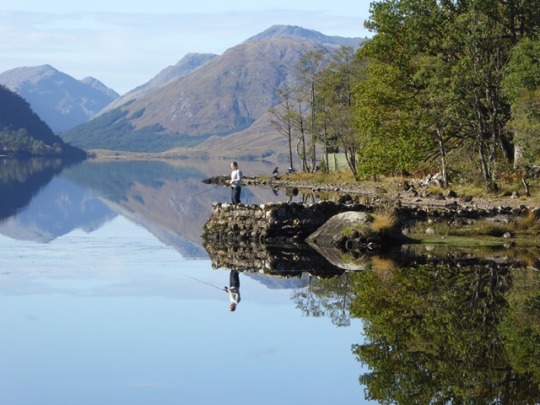
Reflections, Loch Arkaig, Highlands
0 notes
Text
Nest
Last year, along with thousands of locked down webcam surfers, I came upon the Loch Arkaig Osprey nest camera and subsequently watched as eggs appeared, chicks hatched, and fledglings eventually left around the same time as their parents.
The camera is running again [or it was, more of that in a minute], and we saw the male (Louis) return and begin his elaborate nest building. But there’s been…
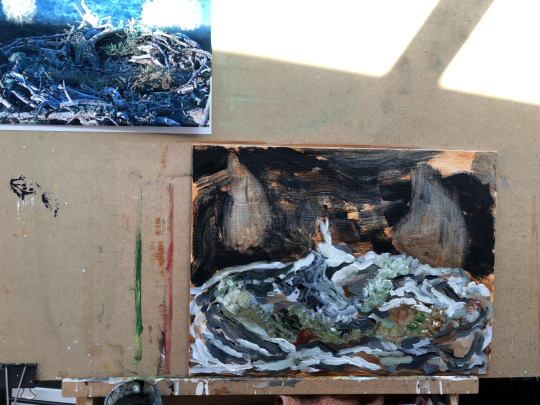
View On WordPress
1 note
·
View note
